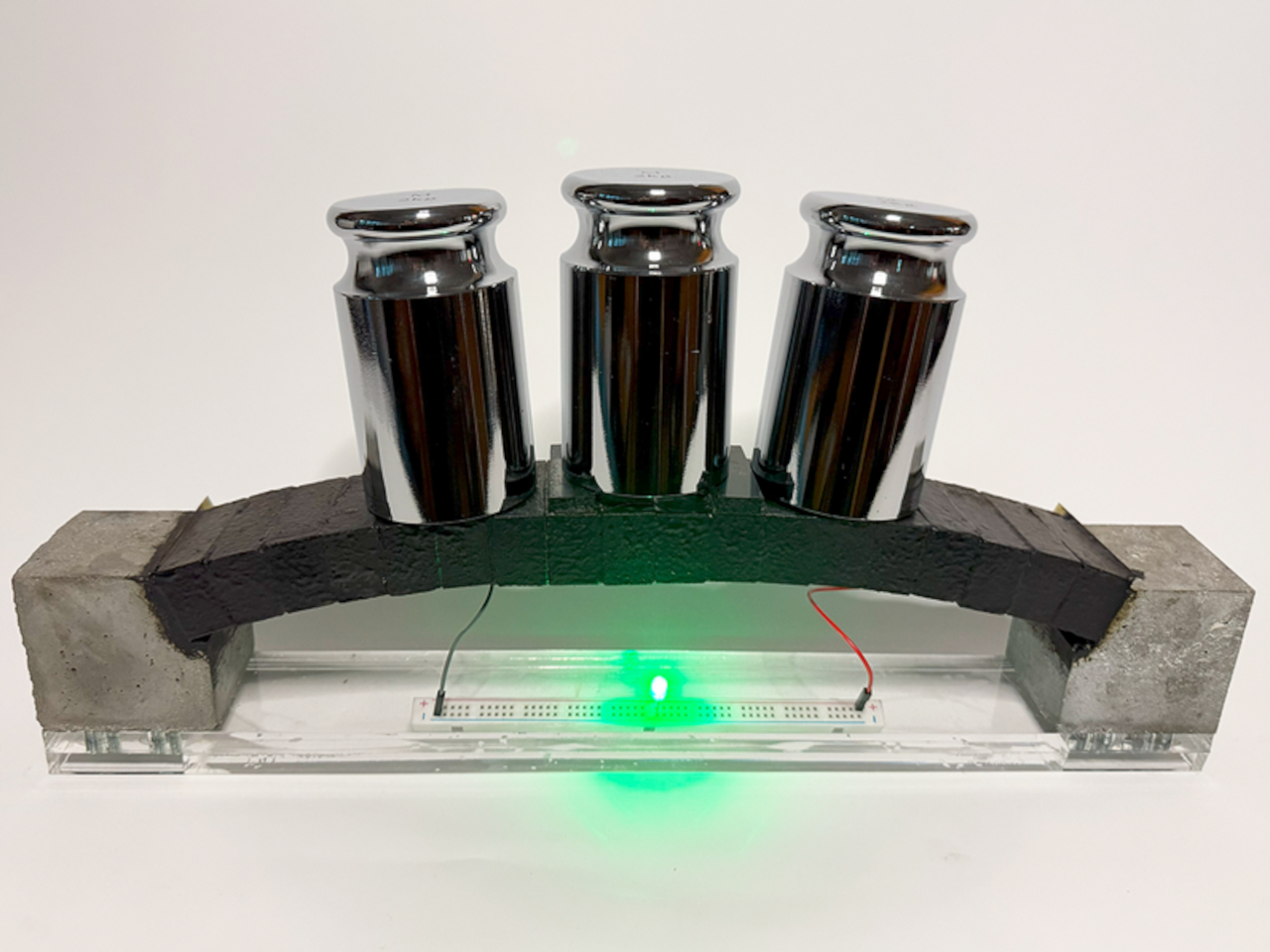
"Imagine a future where the walls and floors of your home do more than just support your furniture. They actually store and supply electricity as well. This vision is coming closer to reality thanks to innovative research from scientists at MIT. Their latest breakthrough centers around a new type of carbon-infused concrete that can conduct electrons, effectively turning ordinary building materials into large-scale batteries."
"However, the MIT team has changed the game by incorporating a blend of carbon black-a fine, powdery form of carbon-into the concrete mix. This addition creates a network within the concrete that allows electrons to move freely, transforming the material from a passive structure into an active energy storage device."
"The research, detailed in the Proceedings of the National Academy of Sciences, demonstrates that this new material can store significant amounts of energy. For example, a block of this electron-conducting concrete could theoretically power a set of LED lights or supply backup energy for a home during a blackout. The possibilities extend even further, including the potential to store renewable energy from solar panels during the day and release it at night, or to help balance loads in urban power grids."
A new carbon-infused concrete incorporates carbon black to create continuous conductive networks that allow electrons to move through the material, enabling it to store electrical energy. The conductive pathways function similarly to battery electrodes, converting passive structural elements into active energy storage components. A block of this material can power LED lights, provide home backup during blackouts, store daytime solar generation for nighttime use, and assist with urban grid load balancing. The technology leverages concrete's global ubiquity for scalable, cost-effective integration into new construction, making walls, floors, and large structures potential distributed energy storage systems.
Read at Yanko Design - Modern Industrial Design News
Unable to calculate read time
Collection
[
|
...
]